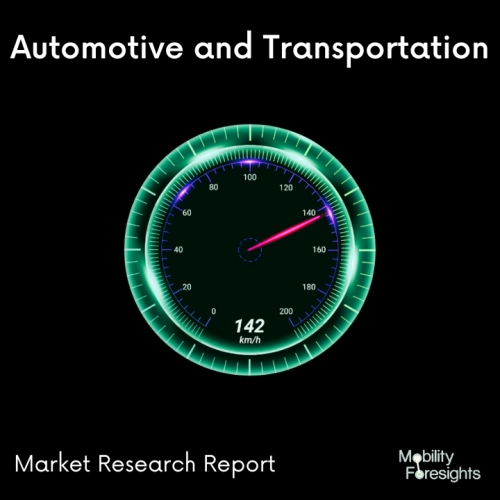
- Get in Touch with Us

Last Updated: Apr 25, 2025 | Study Period: 2024-2030
An Electric vehicle bus standard called a Controller Area Network enables microcontrollers and other devices to interact with each other's applications without the need for a host computer. It is a message-based system that was initially created to conserve copper by multiplexing electrical cabling in autos, but it can also be applied in a variety of other situations.
The data in a frame is delivered serially for each device, but it is done so that if more than one device transmits at once, the one with the greatest priority can keep going while the others slow down. All devices, including the transmitting device, get frames. Historically, the engine control unit has been the largest processor.
Others are utilised for cruise control, airbags, antilock braking systems, advanced driver assistance systems, transmission, and autonomous driving.
For electric and hybrid vehicles, battery and charging systems, audio systems, power windows, doors, mirror adjustment, etc. Yet, communication between the various components, some of which form autonomous subsystems, is crucial. A subsystem can require sensor feedback or actuator control.
To meet this need, the CAN standard was developed. One major benefit is the ability to incorporate a wide range of safety, economy, and convenience features using software alone. These features would be more expensive and complex to implement if they were "hard wired" using conventional automotive electrics.

The Global EV CAN bus controller market accounted for $XX Billion in 2022 and is anticipated to reach $XX Billion by 2030, registering a CAGR of XX% from 2024 to 2030.
The AEM launched 22 Channel EV CAN controller Sensor Module offers the most straightforward method for adding channels that are not already present in the EV propulsion system's CAN bus network, making it the ideal choice for adding digital, analogue, and frequency-based channels to your EV for viewing and/or logging on a CD Carbon Digital Dash Display.
The 22 Channel CAN Sensor Module transforms analogue, digital, and frequency inputs into an AEMnet CAN bus signal that can be sent to the CD-5 Carbon and CD-7 Digital Dashes, displayed together with EV CAN bus channels, and recorded in a single log file.
The 22-Channel CAN Sensor Module only works with CD Dashes; it won't work with any other EV VCUs or data loggers at this time. It will operate in parallel with CAN devices on CD Dashes.
| Sl no | Topic |
| 1 | Market Segmentation |
| 2 | Scope of the report |
| 3 | Abbreviations |
| 4 | Research Methodology |
| 5 | Executive Summary |
| 6 | Introduction |
| 7 | Insights from Industry stakeholders |
| 8 | Cost breakdown of Product by sub-components and average profit margin |
| 9 | Disruptive innovation in the Industry |
| 10 | Technology trends in the Industry |
| 11 | Consumer trends in the industry |
| 12 | Recent Production Milestones |
| 13 | Component Manufacturing in US, EU and China |
| 14 | COVID-19 impact on overall market |
| 15 | COVID-19 impact on Production of components |
| 16 | COVID-19 impact on Point of sale |
| 17 | Market Segmentation, Dynamics and Forecast by Geography, 2023-2030 |
| 18 | Market Segmentation, Dynamics and Forecast by Product Type, 2023-2030 |
| 19 | Market Segmentation, Dynamics and Forecast by Application, 2023-2030 |
| 20 | Market Segmentation, Dynamics and Forecast by End use, 2023-2030 |
| 21 | Product installation rate by OEM, 2023 |
| 22 | Incline/Decline in Average B-2-B selling price in past 5 years |
| 23 | Competition from substitute products |
| 24 | Gross margin and average profitability of suppliers |
| 25 | New product development in past 12 months |
| 26 | M&A in past 12 months |
| 27 | Growth strategy of leading players |
| 28 | Market share of vendors, 2023 |
| 29 | Company Profiles |
| 30 | Unmet needs and opportunity for new suppliers |
| 31 | Conclusion |
| 32 | Appendix |